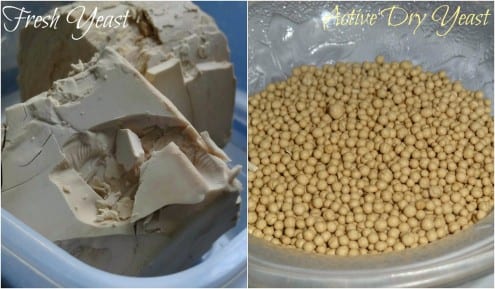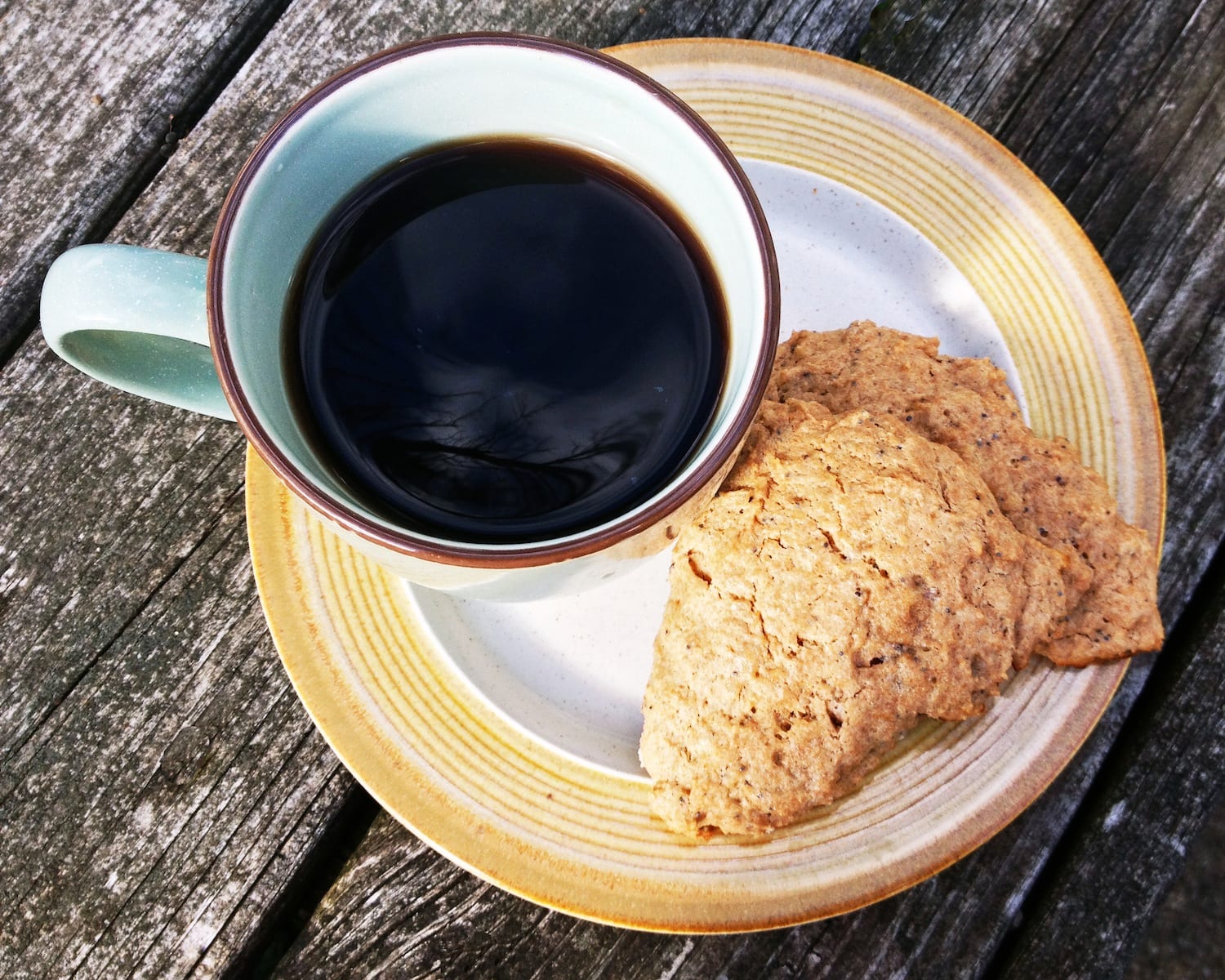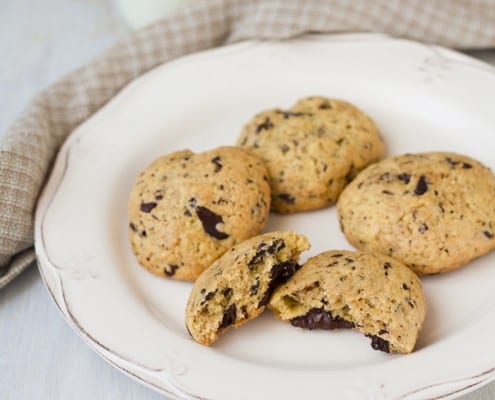Priya is an enthusiastic foodie who loves to experiment with…
Priya Sreeram with a 101 on the most important ingredient in bread making. Yeast.
By Priya Sreeram
It is fascinating that a single celled organism can hold such sway in our hearth. Right from yogurt to bread or for that matter of fact any fermented dish, yeast plays a vital role in delighting up the final product. Imagine all those times when we wait with bated breath for the bread to puff & swell and the merry dance after it rises. I remember reading a Jazz Vocalist’s take on the soul of jazz sometime back. “Blues is to jazz what yeast is to bread. Without it it is flat.” How true – in essence, yeast is the soul of bread and it is a gift to the mankind from nature.
There are hundreds of varieties of these natural organisms and it is said that the Greek have used it as old as 500o years for leavening and fermentation. The yeast is a valuable ingredient in baking, wine making & brewing and is also used as a nutritional supplement. Baker’s yeast is a leavening agent that is used for baking while brewer’s yeast is a non leavening yeast and as the name suggests; it is used for making wine and other alcoholic spirits.
The yeast that we are going to talk about is what we use in baking or Baker’s Yeast.
The most commonly used yeast for baking as well the most ancient is the Saccharomyces Cerevisiae. The Latin translation of it is sweet fungi of beer. These fungi are responsible for the bread loaves, pizza crusts and rolls to swell up after the dough mix comes into contact with them. It gives the final bake a soft airy feel, improves volume and boosts up the flavour too.
So how does the bread swell up – The yeast has to weave its magic for the dough to puff up. For that it has to grow and this process is called proofing. Proofing is giving the organisms a warm place and adequate food to get activated. The yeast after coming in to contact with the sugar or starch , breathes out carbon-di-oxide forcing the dough to rise.
Baker’s Yeast is of 3 types – active dry yeast, fresh yeast and instant yeast. The active dry yeast is dormant yeast cells without moisture that has to be kicked in to action (proofing) before going ahead with the recipe. The fresh yeast does not require any proofing as it is very active and by virtue of it’s nature is kept refrigerated so that it does not grow before being incorporated into the flour mix.
Activation:- Fresh yeast needs to be crumbled into the flour when making the dough. For active dry yeast, mix it with warm water and a pinch of sugar. Once the warm water and sugar mix with the alive organisms, they begin to activate by bubbling up and expanding. The yeast is ready for the baking process. In case, the yeast does not show any activity even after a good 10 minutes, it means the yeast is no longer fit for use or the water that has been mixed with it was either hot or cold. The temperature for the water suggested is about 110 F but I go by the thumb rule of water that is warmer than lukewarm. Be sure not to use hot water as it kills the micro organisms. Instant yeast is similar to dry yeast and is tinier in size. The rising here is half the time of the active dry yeast.
It is important to note that there are recipes where there is no sugar or honey in it – here the yeast after coming in to contact with the flour, starts reacting with its starch component and thereby becomes active.
Storing :- Active Dry Yeast has to be stored in a cool dry place (you can refrigerate it too) while fresh as well as instant yeast by nature of it being perishable very quickly needs to be refrigerated. Once refrigerated the fresh yeast can be potent for a good 2 to 3 weeks or as mentioned on the package. Be sure to bring the yeast to a room temperaturing before you activate it
Can we substitute one type of yeast for the other :- It is very much okay to substitute active dry yeast for instant yeast or fresh yeast and vice versa. The flavours remain the same as long as the weight is adjusted accordingly. I go by the following ratio (source : Gourmet.com)
100% Fresh Compressed Yeast = 40 % Active Dry Yeast = 33 % Instant Yeast.
Once you understand what yeast can do and make it work for you, baking will no longer be intimidating and will be a breezy affair.
Priya is an enthusiastic foodie who loves to experiment with different types of cuisine. She chronicles her heart and hearth adventures on the blog Bon Appetit, which has recipes ranging from simple to exotic.





